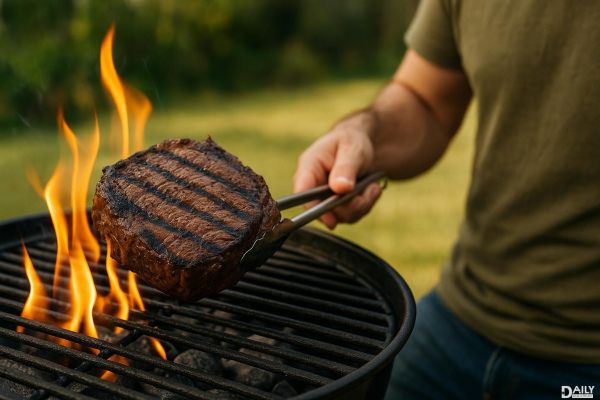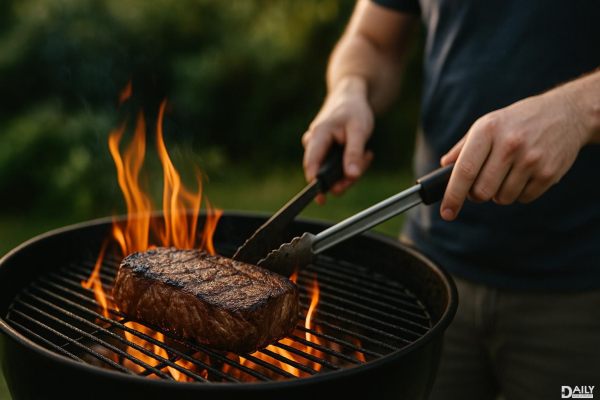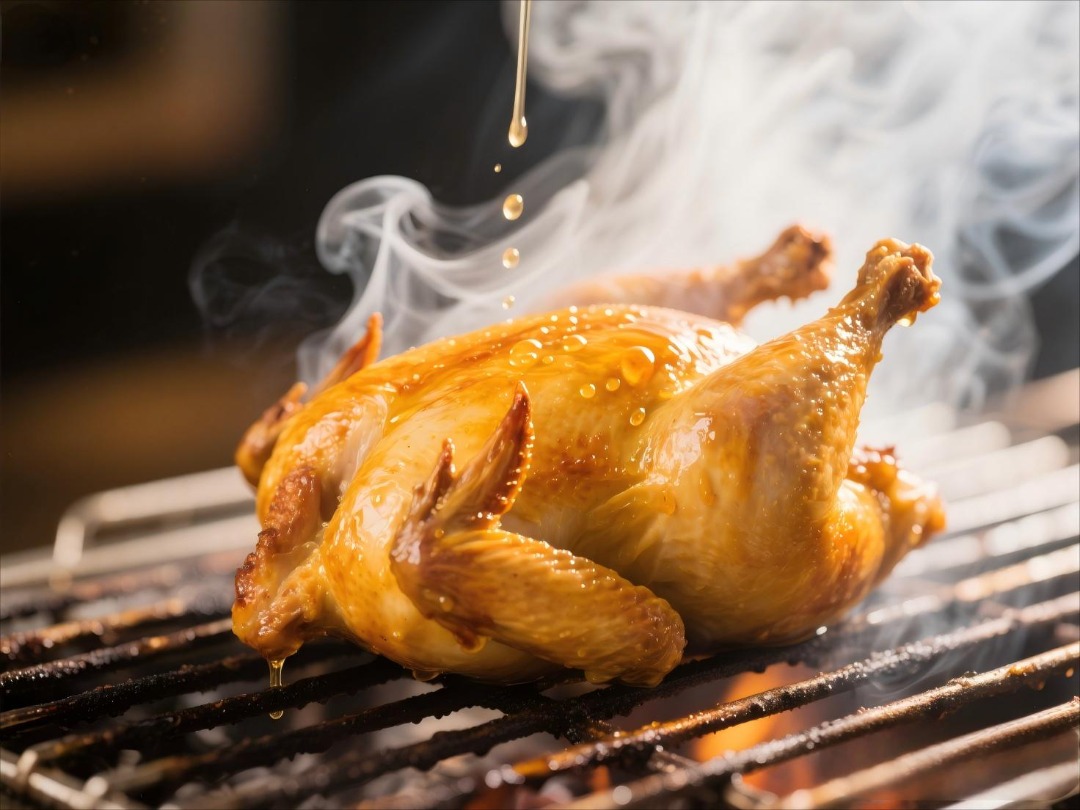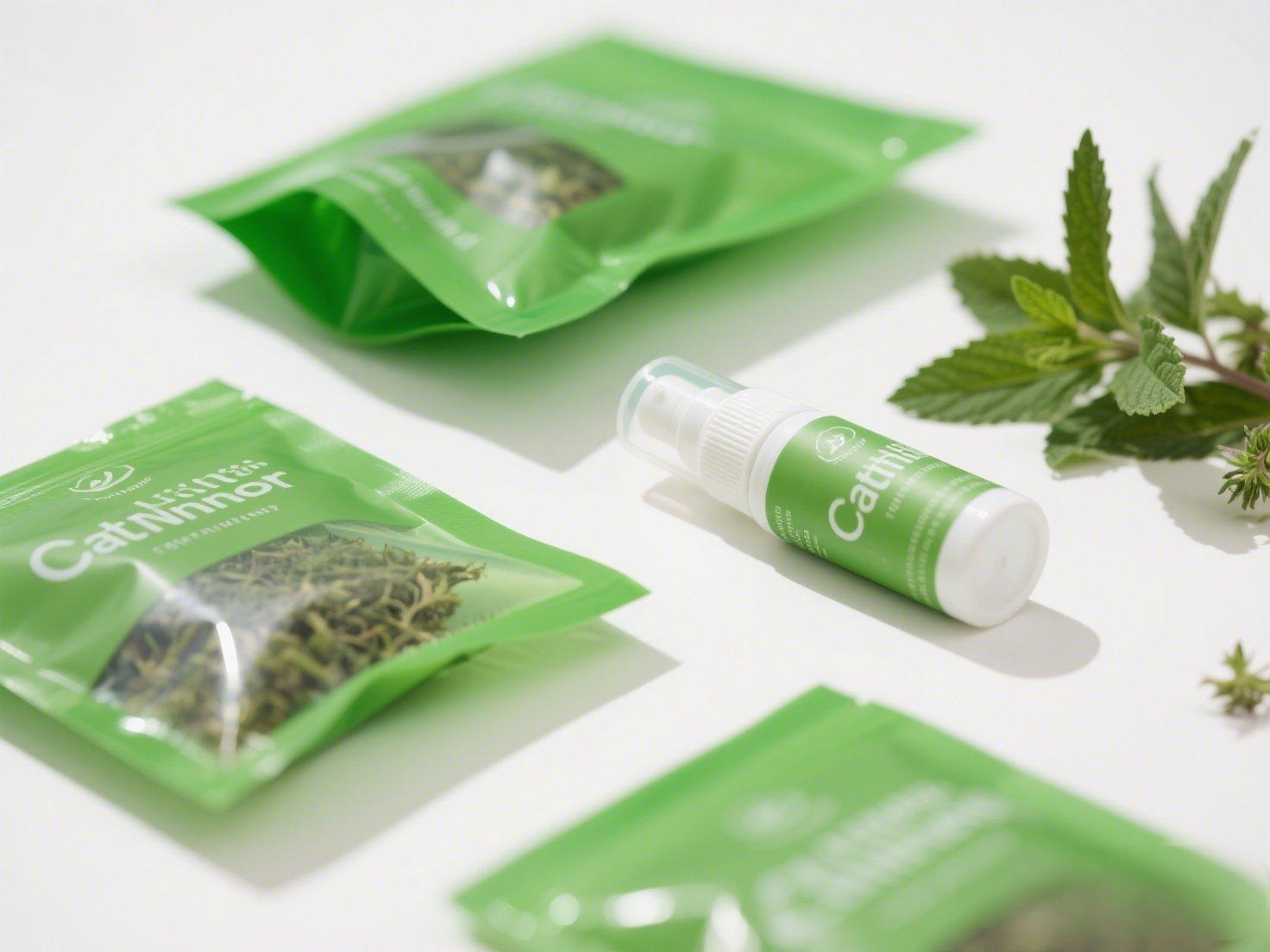Dry-aged beef tastes so rich and tender because of a magical process that transforms the meat over time. It’s not just about letting it sit around—it’s a carefully controlled aging process that breaks down muscle fibers, intensifies flavors, and creates that melt-in-your-mouth texture we all crave. Think of it as the beef equivalent of a fine wine getting better with age. But how does it work, and why does it make such a difference? Let’s dive into the juicy details.

Dry-aging is all about time, temperature, and humidity. When beef is dry-aged, it’s stored in a controlled environment—usually a refrigerated room with specific humidity levels—for anywhere from 21 days to several months. During this time, natural enzymes in the meat go to work, breaking down tough muscle fibers and connective tissues. This enzymatic action is what makes the meat more tender. But that’s not all. As the beef ages, moisture evaporates from the surface, concentrating the flavors and giving the meat a richer, more robust taste. The result? A steak that’s both tender and packed with umami goodness.
Here’s where things get a little funky—literally. During the dry-aging process, a thin layer of mold and bacteria can form on the surface of the beef. Before you freak out, know that this is completely normal and actually beneficial. This microbial activity helps develop complex flavors and aromas that you won’t find in fresh beef. When the aging process is complete, the outer layer is trimmed away, leaving behind the perfectly aged, flavorful meat. It’s like peeling back the wrapping on a delicious gift.
If you’ve ever looked at the price tag on a dry-aged steak and gasped, there’s a good reason for it. Dry-aging is a labor-intensive process that requires precise conditions and a lot of patience. The beef loses moisture as it ages, which means it shrinks in size. This loss of weight, combined with the time and effort involved, drives up the cost. Additionally, not all cuts of beef are suitable for dry-aging, so only the best make the cut (pun intended). But trust us, the flavor and texture are worth every penny.
Cooking dry-aged beef is a bit different from cooking fresh beef. Because the meat is already tender and flavorful, you don’t need to do much to make it shine. A simple seasoning of salt and pepper is often enough to let the natural flavors take center stage. When it comes to cooking methods, grilling or searing in a hot cast-iron skillet are popular choices. The key is to avoid overcooking—dry-aged beef is best enjoyed medium-rare to medium to preserve its tenderness and juiciness. Pair it with a bold red wine, and you’ve got yourself a meal fit for a king.
Not all aged beef is created equal. While dry-aged beef is exposed to air and loses moisture, wet-aged beef is vacuum-sealed and aged in its own juices. Wet-aging is faster and less expensive, but it doesn’t produce the same depth of flavor or tenderness as dry-aging. Think of it as the difference between a quick marinade and a slow-cooked stew. Both have their place, but if you’re after that signature dry-aged taste, there’s no substitute.
So, the next time you’re savoring a perfectly cooked dry-aged steak, you’ll know exactly why it tastes so incredible. It’s a combination of science, patience, and a little bit of magic that turns ordinary beef into an extraordinary culinary experience. Whether you’re a steak connoisseur or just someone who appreciates good food, dry-aged beef is a treat worth indulging in. Now, go grab a fork and dig in—you’ve earned it.
























